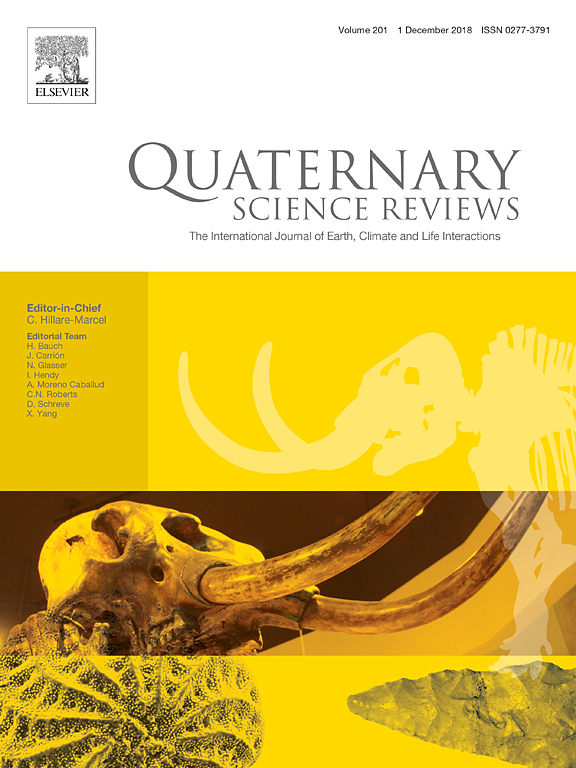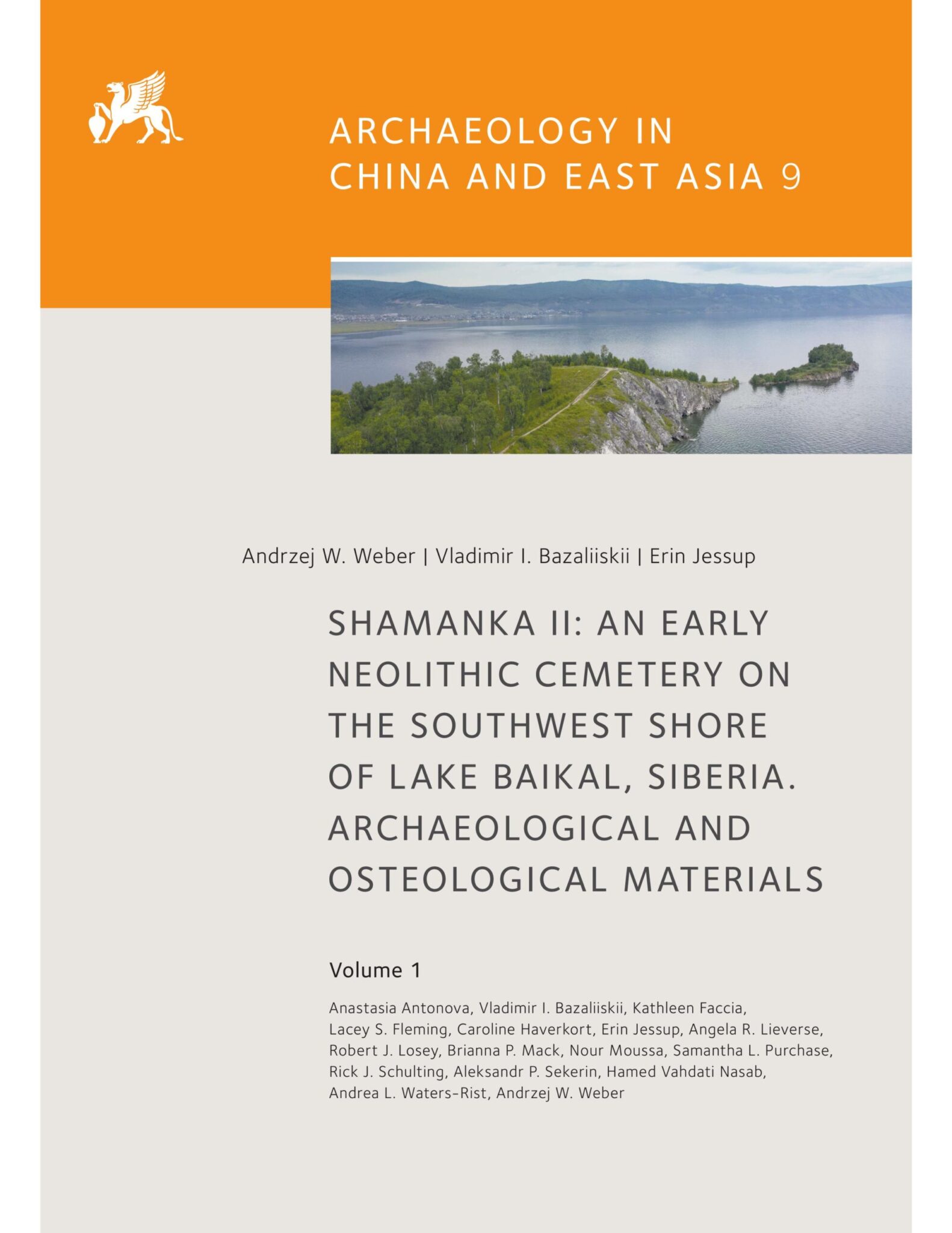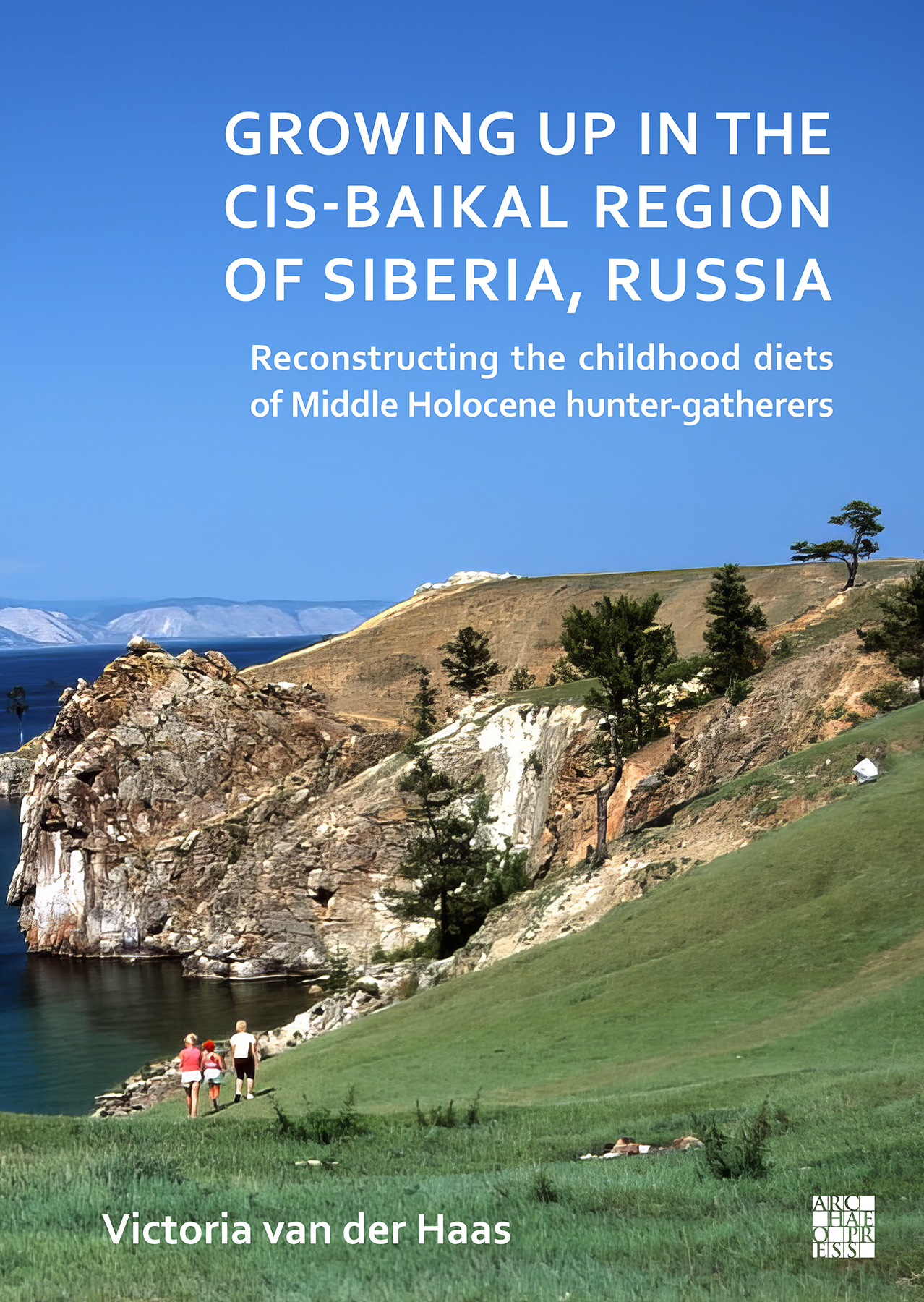Irkutsk State University 2025
Mortuary Variation at the Early Neolithic Hunter-Gatherer Cemetery Shamanka II on Lake Baikal
Weber AW, Bazaliiskii VI, Jessup E (Eds.)
In this version of the monograph on the Shamanka II cemetery the focus is on chronology, dietary patterns, and variation in Kitoi mortuary practices. Chapter 1 gives background archaeological information relevant to the analytical chapters, reviews the history of fieldwork at Shamanka II, and presents excavation methods. Chapter 2 explores cemetery chronology, its history of use, and dietary patterns based on extensive radiocarbon and stable isotope data. Chapter 3 presents the approach to the examination of variation in [...]










